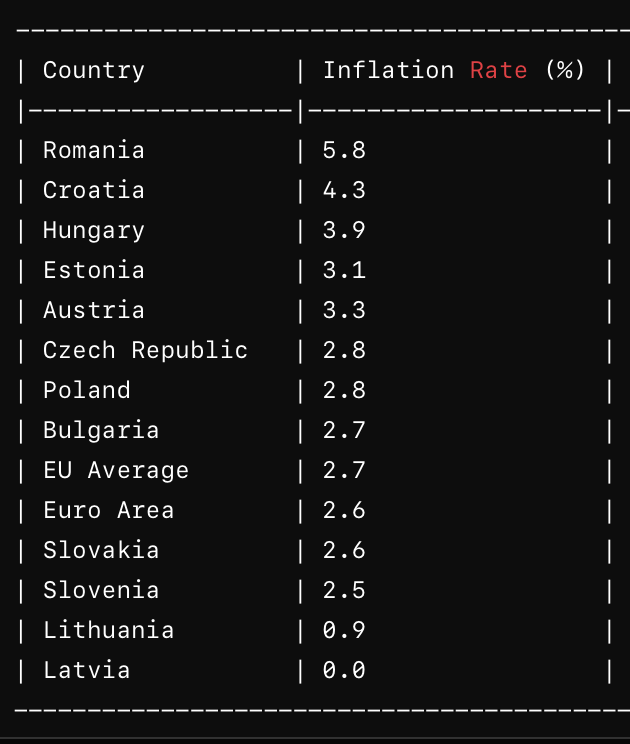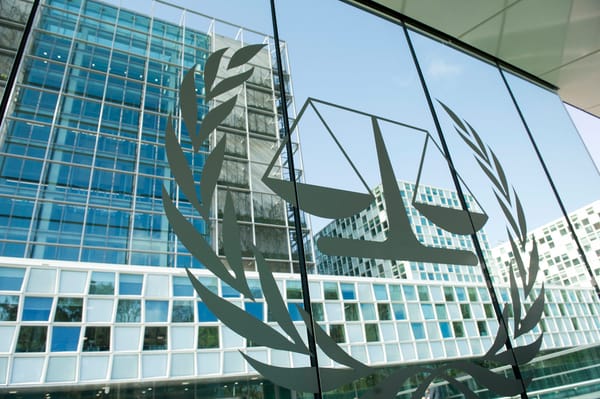
Romania tops inflation list, Latvia rate flattens
Romania reported the highest inflation rate in May, of 5.8%, driven by significant increases in housing and utilities prices, according to the latest data from the EU’s official statistics agency Eurostat.
Croatia experienced the second highest inflation in Central and Eastern Europe (CEE), of 4.3%, driven primarily by increased costs in food and energy sectors, highlighting regional economic pressures. Slovenia and Slovakia maintained moderate inflation rates of 2.5% and 2.6%, respectively, reflecting stable economic growth and fiscal prudence.
Hungary reported a slightly elevated inflation rate of 3.9%, influenced by rises in energy and food prices, while Austria recorded 3.3%, in line with regional averages. Poland’s inflation rate stood at 2.8%, reflecting effective economic policies and stable price levels. Bulgaria and Czechia reported inflation rates at the EU average of 2.7% and 2.8%, respectively. The Euro area reported a modest inflation rate of 2.6%, reflecting stability in consumer prices amidst economic uncertainties.

Estonia had an inflation rate slightly above the EU average, at 3.1%, reflecting robust economic activities and consumer demand. Latvia and Lithuania meanwhile maintained stable price levels with respective inflation rates of 0% and 0.9%, indicating controlled inflationary pressures and stable economic conditions.
Overall, these inflation figures provide insights into the diverse economic landscapes across Europe, from stable and controlled price levels in the Baltic states to varying pressures in CEE. As economies continue to recover and adapt to changing global dynamics, monitoring inflation trends remains crucial for policymakers and businesses alike to navigate uncertainties and sustain economic stability.





